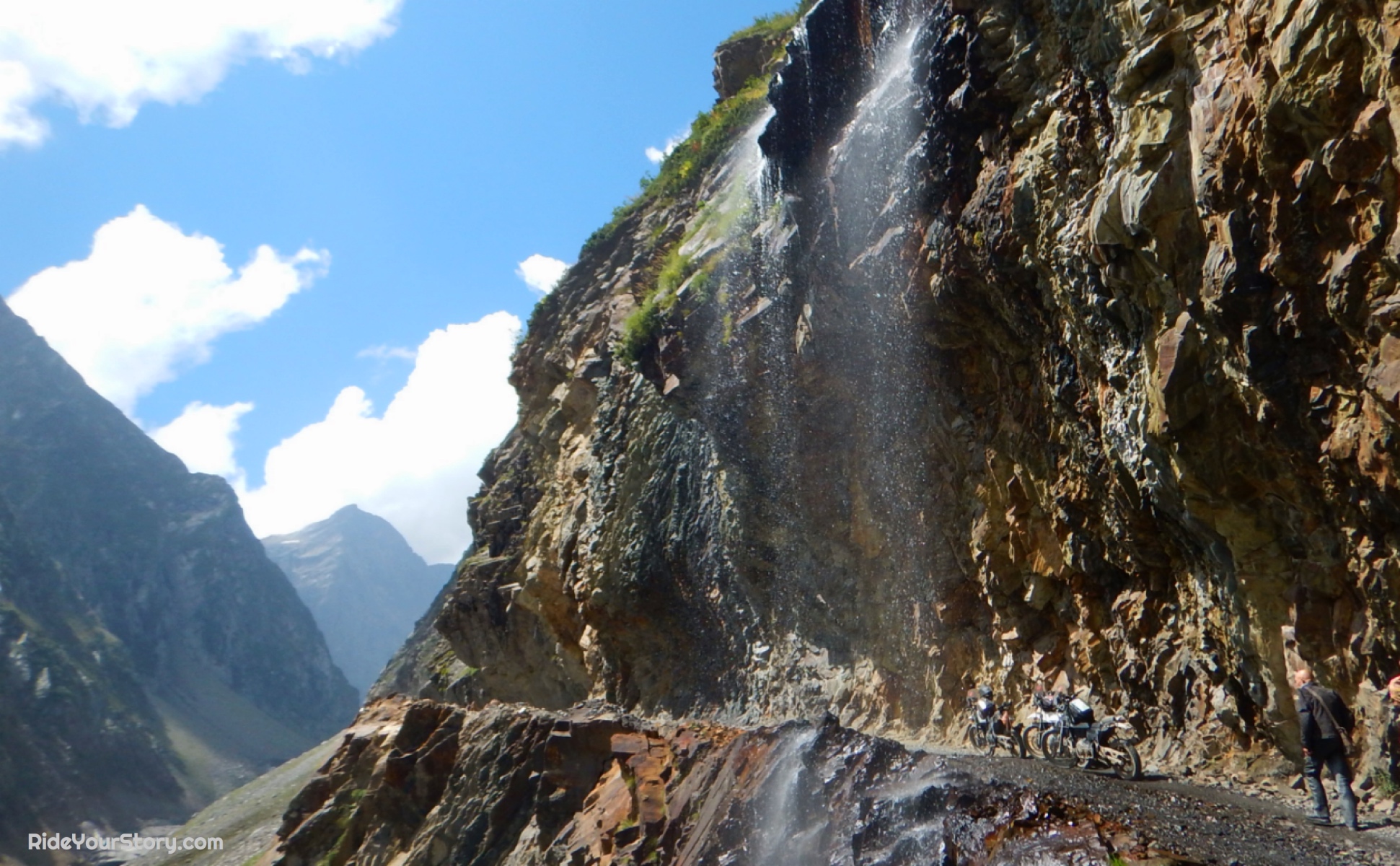Or just about anywhere else outside your comfort zone…
So the winter is ending and the riding season is near. Perhaps you are just going to roam the plains of the South – have you checked the raining season? You’ve booked a thrilling tour itinerary or going solo on a rental. You’ve planned for that trip of your life, finally overcoming your procrastination and unwarranted concerns to reach this point. Well then discard all the doubts and start preparing for that trip. Be it self guided or joining a riding tour, here are some advice you can use.
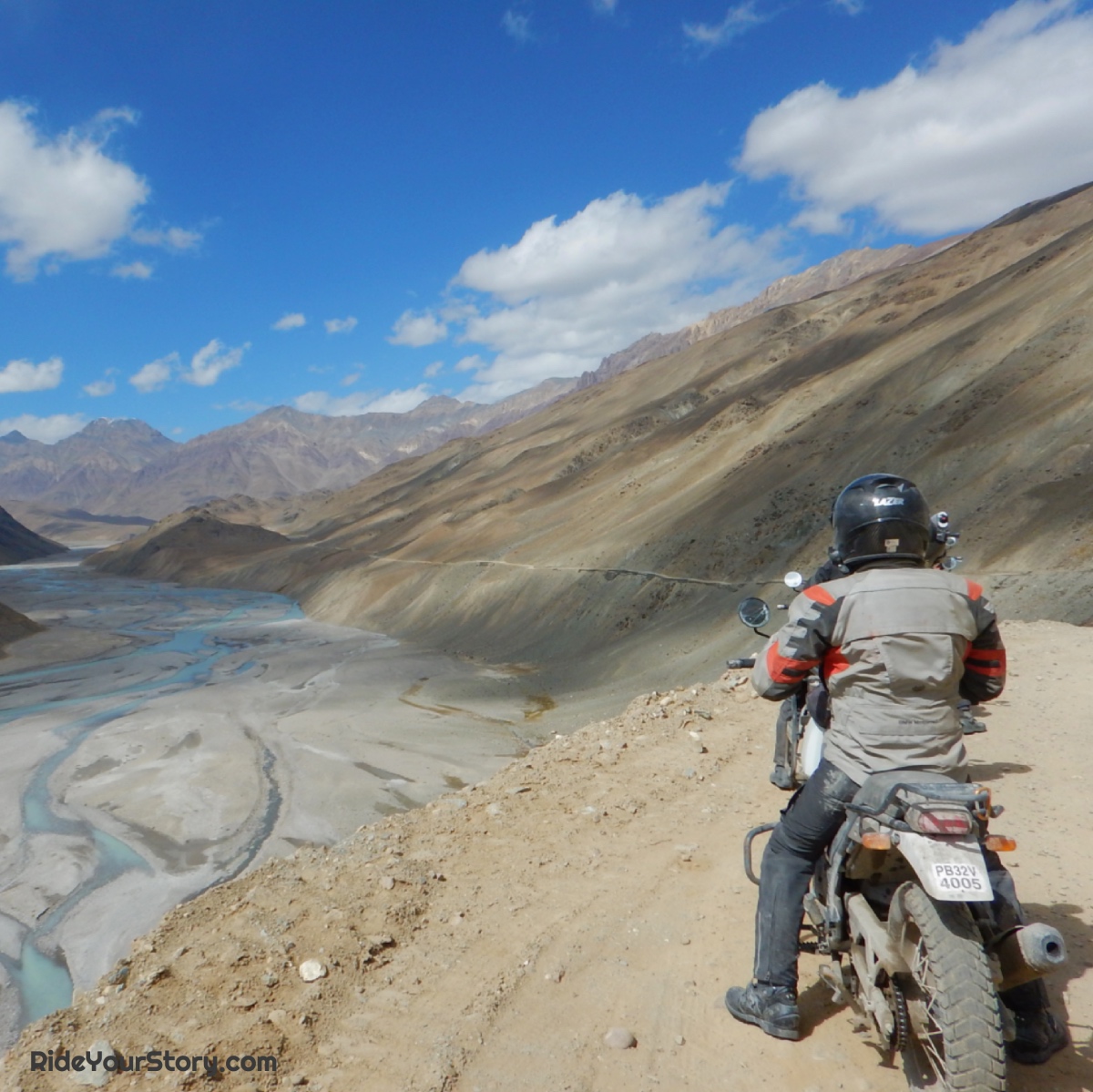
RIDING GEARS
These are the most exciting to equipped but the least to write for this. If you have come this far to ride in Himalaya. Likely you already have the necessary or have done enough gears shopping for this trip of your life. I will only provide some advice from experience I gathered to help you lighten your pack, or just the necessary.
I’m going straight to the points…
Here are few gears and attachment which you can use (finally without looking stupid in a all summer weather).
Throat shield or wind-proof guard for your helmet (if your helmet comes with this attachment), this will keep the cold wind from rushing up your face and dry your eyes. It also helps to retain warmth within your helmet. Do I need to add more ? Close the helmet vent when wind gets cold.
Balaclava – or a half-face mask/scarf. Another right reason to look cool!… or soaky sweaty when worn closer to the equator. Apart from keeping your face from sun burn and facial recognition camera. It keeps you warm, nope, not to look cool. Depending on which theory you subscribe to – human lose about 40-45% (or 7-10%) of body heat from the head.
At elevation of 4500m above sea level, you are 8000ft closer to the sun. Sun tanning is not a leisure activity here. Have you ever wonder how Tibetan children got their red cheek and the adult look much older than their age ? While riding in Central Tibet, my face was bleeding from laceration caused just by constant wearing and removing the face scarf. Even at these nano distance closer, our Sun is a harsh!
Most inner thermal liner that comes with motorcycle jacket are not as comparatively effective and it is puffy to pack. They are just there to justify their price range and category. I almost entirely never use them on most of my trip. Unless you are going in the midst of winter. You will need more thermal wear, but the road are closed anyway. As a alternative, I opt for HEATTECH wear from Uniqlo. It’s light weight, packed into a sandwich size. Cold and warmer temperature can fluctuate within a day or even hours depending on your elevation. Wearing layers of thin inner wear will help you to adjust to the climate (by adding/removing each layer) and you can just stuff it in any pocket. Then again, listen to your own body. We have individual body reaction to cold stress. You should know yourself better than anyone else.
If you do no wish to acquire a ‘All-Season’ jacket, which is not suitable for our All-Summer weather. Unless you are submitting to peer pressure and collective action, or owned just a Mesh jacket. Most ‘Summer’ weather jacket sold are not designed for our summer anyway. Add a layer or two of inner clothing will suffice. Check the mesh ventilation part are zip-able. Or get an oversized windbreaker/raincoat as overall will help. You are good to go. However if you really want to look instagrammably good like a Power Ranger. Go Go for it!
If you are only riding in the Himalaya region. At an average speed of 30-40km/h (18-25m/h). An old or spare helmet, preferably full face, will be suffice. At least one with enough inner liner still to retain your warm head. You have option to give it away at the end of the trip. While there is less asphalt (tarmac) for you to slide at 100km/h, there are plenty of stone and gravel for you to scrub on. Wear your jacket all the time! ATGATT! while you are on the wheels. Again, if you want to look good for your social media accounts – get the latest and coolest bucket on the rack.
PERSONAL ITEM
I am not going to give a full list here, as your other half (girlfriend, wife or mom) can do better and will completely over list to utilize the full baggage limit. I am only going to specify the essential for you to decide.
Sleeping bag – Bed and mattress are already provided even when you need to stay in a tent. But you will ask when was it last cleaned and who last slept on it? Depending on when you seek the question, the answer could be : You!. Get a basic one, small and thin to pack. you don’t need a winter sleeping bag as stack of ‘community’ mattress are provided. You just need that layer of shield so that you won’t be the next person to contaminate the sheets with your foreign object.
Disposable hand & pocket warmer – It save my sense on a few freezing night while waiting for my warm chai. Easy to pack and pocket sized. It keeps your hand warm enough or just about any personal zone of yours that crave the same treatment.
Torch or head lamp – There are electricity powered by generator. But there may be no street lamp to accommodate an urbanite. You will need it whenever you are away from your ground.
Fleece Jacket – Really! Someone forgot this so I add it here! Fortunately I brought an extra set with an intention to gift it to a local. It saves his journey and we are both happy.
Likewise you can bring along used or affordable items. All items in the above list that will just sit in my storage room taking up valuable real estate. I gift it at the end of the trip to lighten my baggage. But that will be all you are leaving behind. Bring back only your wonderful memories and all the trash that supported your journey (care for a read?).
More to be added here when I have something else…
PHOTO & VIDEO CAMERA
In my early touring years. I used to be passionate about capturing every moment of my journey, literally every minutes. Point & click camera, video cameras, helmet camera, SLR, Mirrorless etc. But the fast draining lithium-ion batteries in cold climate, charging points in remote area with blackout time and the bags load of equipment. There are just one too many gadgets to manage on a tour. It was taking my moment away and I am not living in it. I’ve learned that the best memories of any trip are usually not captured in film (Sandisk, to be correct) . They are in our head, the best photographic and videographic recorder you can find in the Universe. Even if I did capture it with our humble human technology, the experience can never be replicated by our media. Keep it simple and manageable. Live in the moment.
Drones are now getting popular. But I have yet to jump into this bandwagon, not until it is small enough to squeeze into my fist. The unfamiliar regulations to use in foreign countries was a major deterrence. If you intend to ride into the restricted area, take note. You may be barred from taking it in. Areas near to the military installation and disputed borders are usually prohibited. Unless you are willing to risk leaving it left behind at the checkpoint. Do you own homework first before you haul it along.
If you are packing your equipment on your bike. The rugged road condition will caused vibration and fiction even within the carrying case. Cushioned them well enough. My poor old retro Polaroid camera, the film type, did not last the first half of my trip. The mechanism was rearranged by the bumpy ride.
You only need a smart phone? Spurge for a tough protection case just for this trip. There is always this one chap who will have a broken screen or a shattered phone in the middle of the tour.
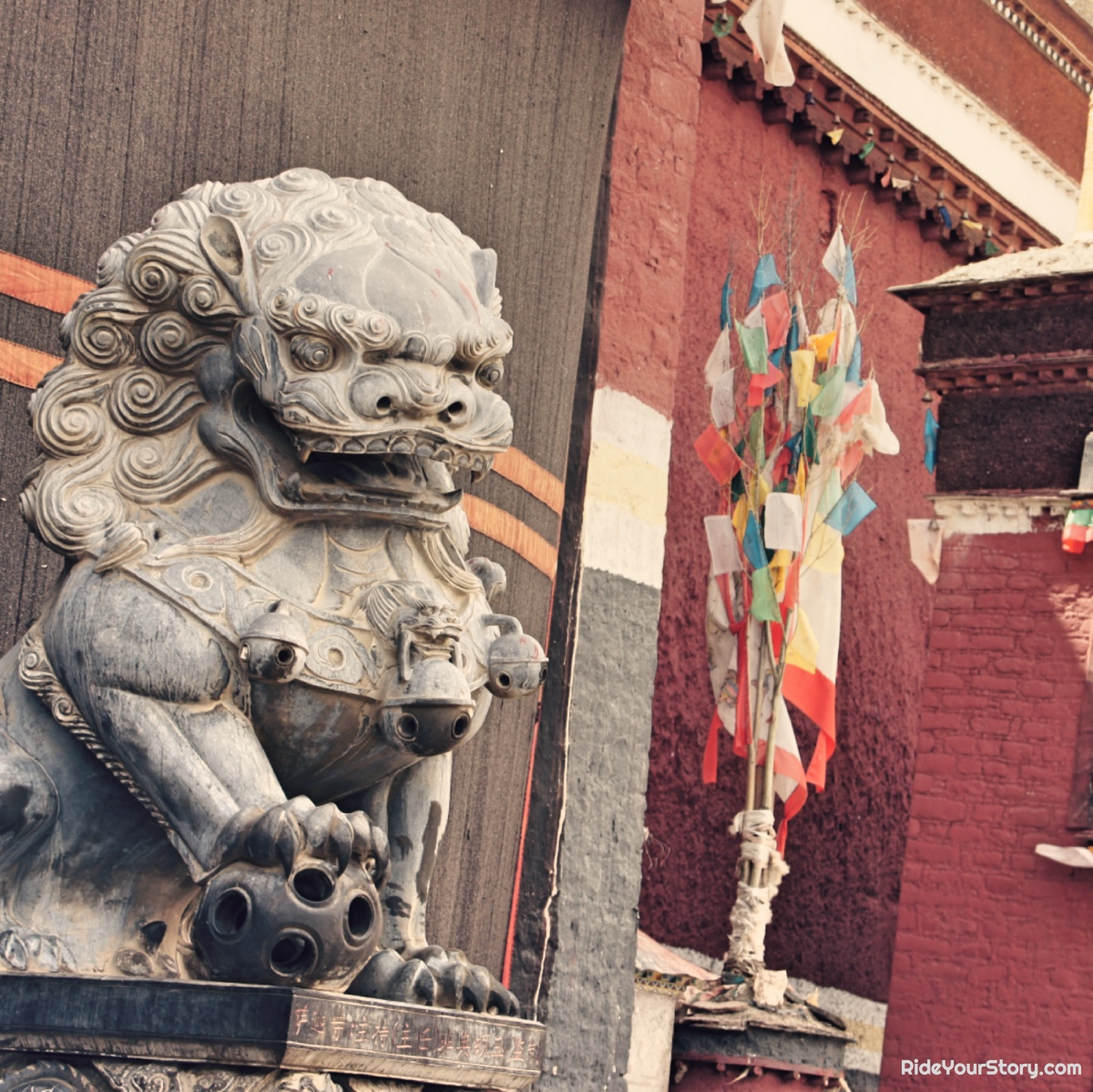
TOURIST VISA
Bhutan
For passport holders other than India, Bangladesh and the Maldives. All others will be required to apply for visa in advance via a registered tour operators. Don’t bother to find out how you can do a self-guided tour. With a motorcycle vehicle it will means more paperwork. Let the agency do the work.
Tibet, China
Similarly to Bhutan. No foreigner can travel into Tibet freely, even with a valid visa for China. You will still need Tibet Travel Permit, Alien Travel Permit, Military Permit and Tibet Public Security Permit/Foreign Affair Permit. Enough already! Get a tour agency to do the work. There’s no other way.
Even with all the documents above, situation may still change on site during trip due to local sociopolitical climate. In which our group have experienced during our trip but I won’t detail it here. It is just part of the travel moment.
India
Though your passport are entitled to a VOA (Visa On Arrival). You will still need apply e-Visa online at their official government website to obtain a prior approval before arrival.
If you are traveling out into Nepal or Bhutan and back to India again, apply for a Multiple-Entry Visa.
Nepal
Most passport can apply for VOA at the border entry points. (Verify with your own ministry/consulate). Just bring along the required fee in US dollar bills (if you are entering from the land borders). More information from their Department of Immigration.
Pakistan
Never been here! will add information here in a near future… it’s on my list!
TRAVEL INSURANCE
Travel insurance is prerequisite for any overseas trip. While motorcycling doesn’t make it any more dangerous than traveling on a tour bus. (it is safer to be in control of the driver seat. no?) Apart from personal injury – trip postponement, flight cancellation and delay due to adverse weather that affect your confirmed hotel booking and other arrangement. The latter of which I have experienced and the Insurance help cover some of my frustration. The additional you may need is coverage for rental vehicle, if available. If you can find one that covers damage excess for rental motorcycle. Share with us. Though a used Royal Enfield – the likely steel horse you will be riding – is fairly affordable, so are the damaged parts you will incurred during the trip.
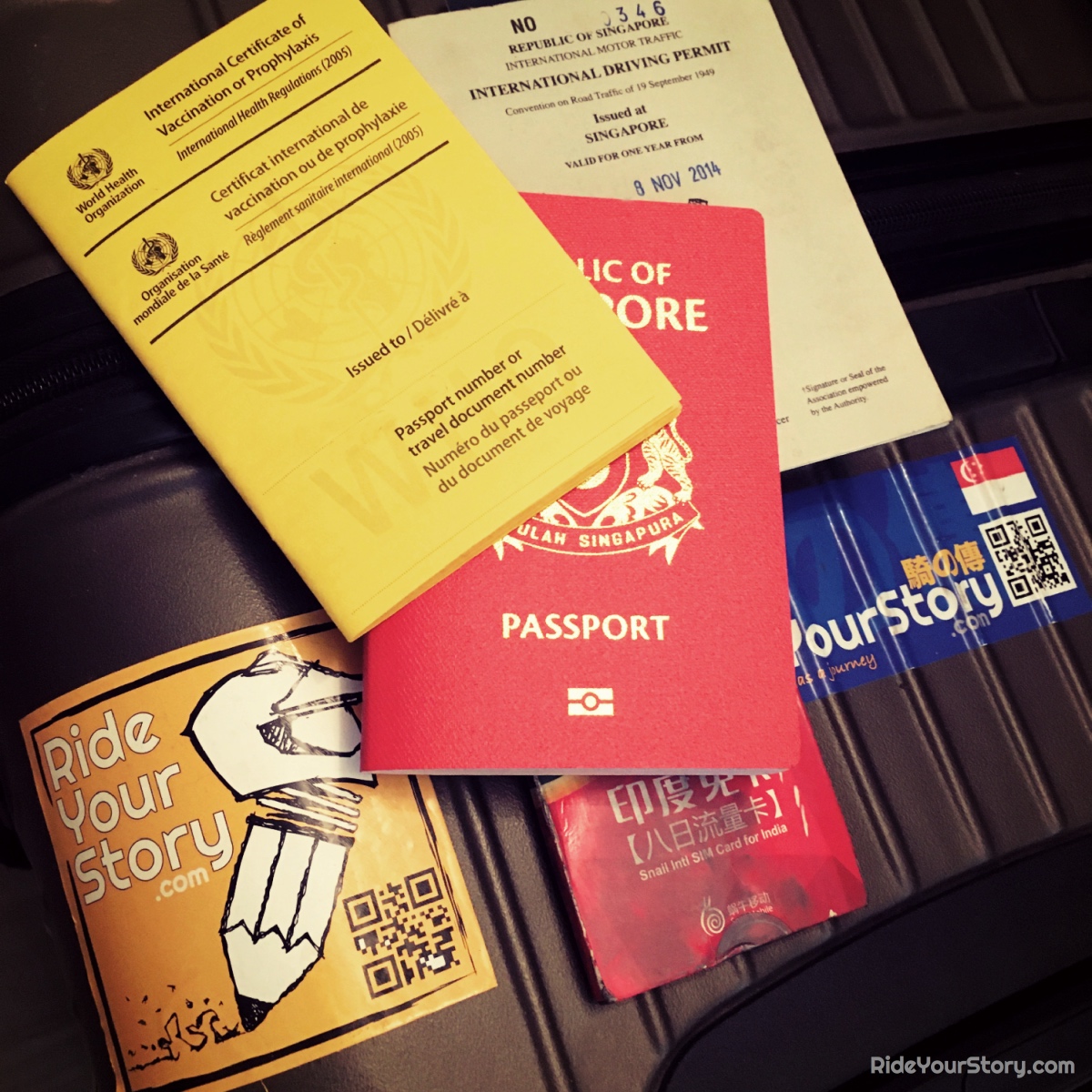
INTERNATIONAL DRIVING PERMIT
Only India and Pakistan, among the five countries within the Himalaya, recognize the IDP or International Driving Permit. Although required by regulations, It was never requested, especially if you are riding in a tour group (and it helps when at least the public servants in India are proficient in English). But it is advisable to have one if you are riding self-guided to avoid being subjected to the police’s discretion. I was stopped once in Kathmandu and presented my domestic license without any issue and another time pulled over at a police check-point in Kullu who requested for my motorcycle’s document only.
BAGGAGE LIMIT
Most international airline have a baggage allowance of 30kg/66lb upwards, starting from the Economy class. Which is more than enough for your luggage of gears and necessities. Unless you are starting your journey from the hub airport’s location, likely you will need to transfer to a domestic flight, which have a lower allowance of 15kg/33lb. Any excess will be chargeable by the airline with the exception of connecting affiliate international-domestic airlines (eg. Air India – Alliance Air). Check with both airlines if excess weight is your concern, whether you are entitled to a higher baggage limit connecting from/to a International flight. Or you can take a bus, which is another level of adventure.
Wear your jacket and riding boots on flight. A common practice for a traveling rider. It doesn’t take a genius to pick out another passenger on a flight or in the airport who is going to a ride. While I do wear my boots on flight, mainly it is the most cumbersome item to pack. But wearing a jacket is too uncomfortable for my liking. While it is alright to to wear when you are going to a ride. But after weeks of dust and sweat, your jacket are not going to smell good at all to fellow passenger on your return flight.
Helmet – While I didn’t encounter any issue bringing my helmet on board a flight. Only once I was stopped by the security while on my return flight, connecting to an international flight bound for home. I hand-carried my helmet without question on a domestic flight from Bagdogra Airport after a trip in Bhutan. I was stopped at Indira Gandhi International Airport (New Delhi) and after much much squabble with the security and created a scene. I want to avoid this negative vibe situation in future. It’s just not my kind of memories I need. The other riders I knew from my trip were stopped from carrying their helmet on all their flights. So it seems the rules regarding helmet on airport are up to the discretion of the security on duty. To avoid future hassle, I bought a luggage that can fit the size of the helmet, my boots and all my gears.
On one of my last trip, I brought a old helmet and gave it away after the end of the tour.
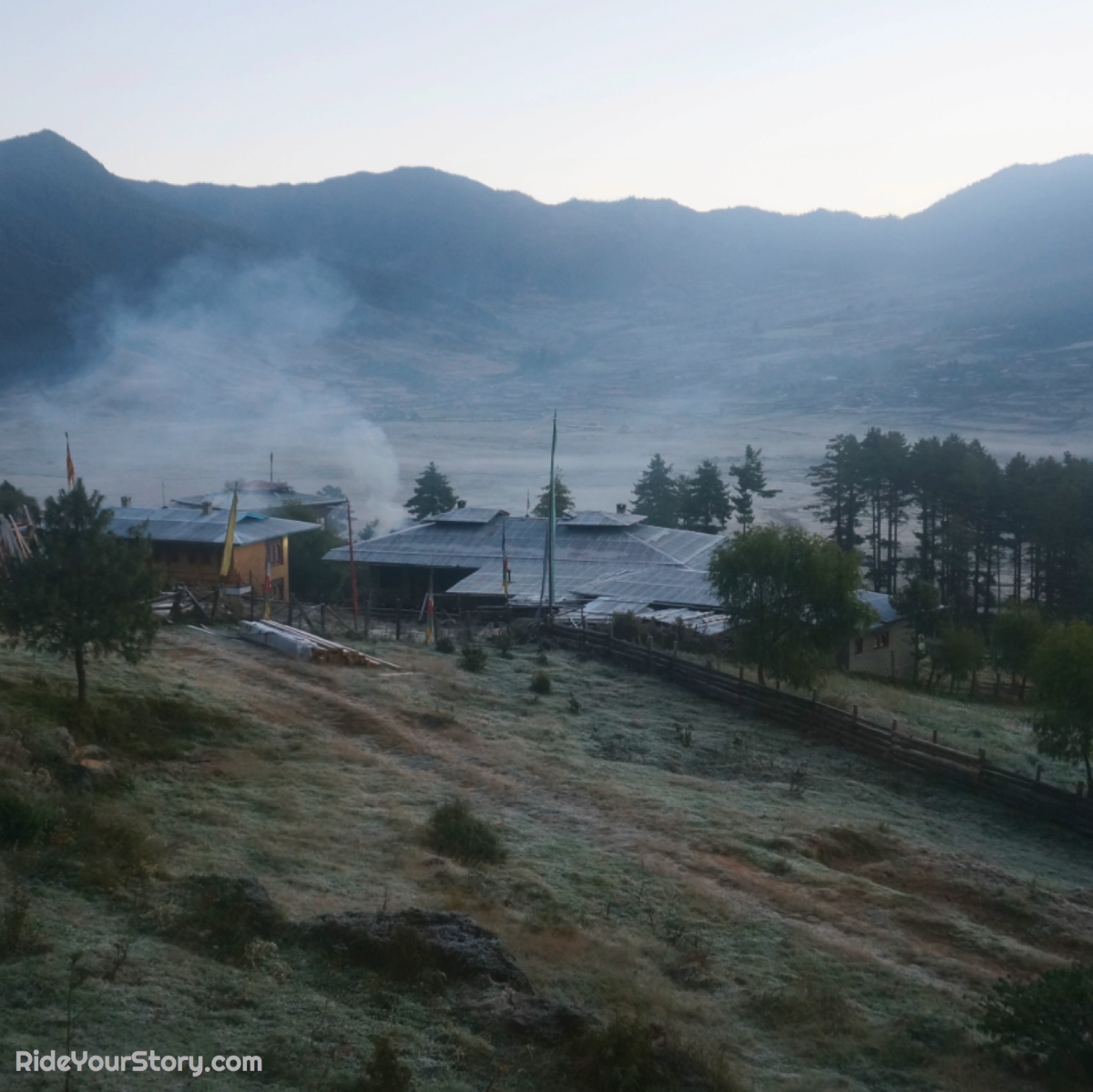
VACCINATION
This is should be up on top of the list. Especially for us non-natives. Mostly ignored by the fellow foreign riders I met during in Himalaya so far. This whole article was triggered by this revelation. Prevention is always better than cure. When you are day or days away from the proper hospital facilities or even the Helipad. One shouldn’t spare any effort to reinforce their body’s immunity.
Bad news from the clinic – the whole of Himalaya was under the ‘Red Zone’ – which means this is highest alert. Apart from the medication availability in that region, likely it was due to the terrain and accessibility to hospital facilities. So if you want a good instagram photo and come back home to check your likes ?
The following vaccines are recommended to me/us from two clinics on three different travel period. Details are provided where available to me. There are here to arouse your attention and for your own information sake. Do not quote or reference this article or anywhere else from the web during your consultation. You are going to look stupid! Several condition applies when vaccine administration are recommended – travel location, travel period, individual age and allergies. I was not able to get myself vaccinated from rabies due to my late visit to the clinic before travel date. On advise from the doctor, I just had to refrain from petting those cuddly Tibetan Mastiff, Mithun and Himalayan vultures. The main point of this whole article is to prompt you that vaccination is imperative.
| Vaccination against | Dosage schedule | Duration of protection |
| Hepatitis A | 2 doses at 0 and 6-12 months | Long term |
| Hepatitis B | 3 doses at 0, 1 and 6 months | |
| Influenza | 2 weeks before trip | 1 year |
| Japanese Encephalitis | Booster recommend | |
| Measles | Booster recommend | |
| Polio | Booster recommend | |
| Rabies | 1 month before trip | |
| Tetanus, Diphtheria & Pertussis | Booster recommend | 10 years |
| Typhoid | 3 years |
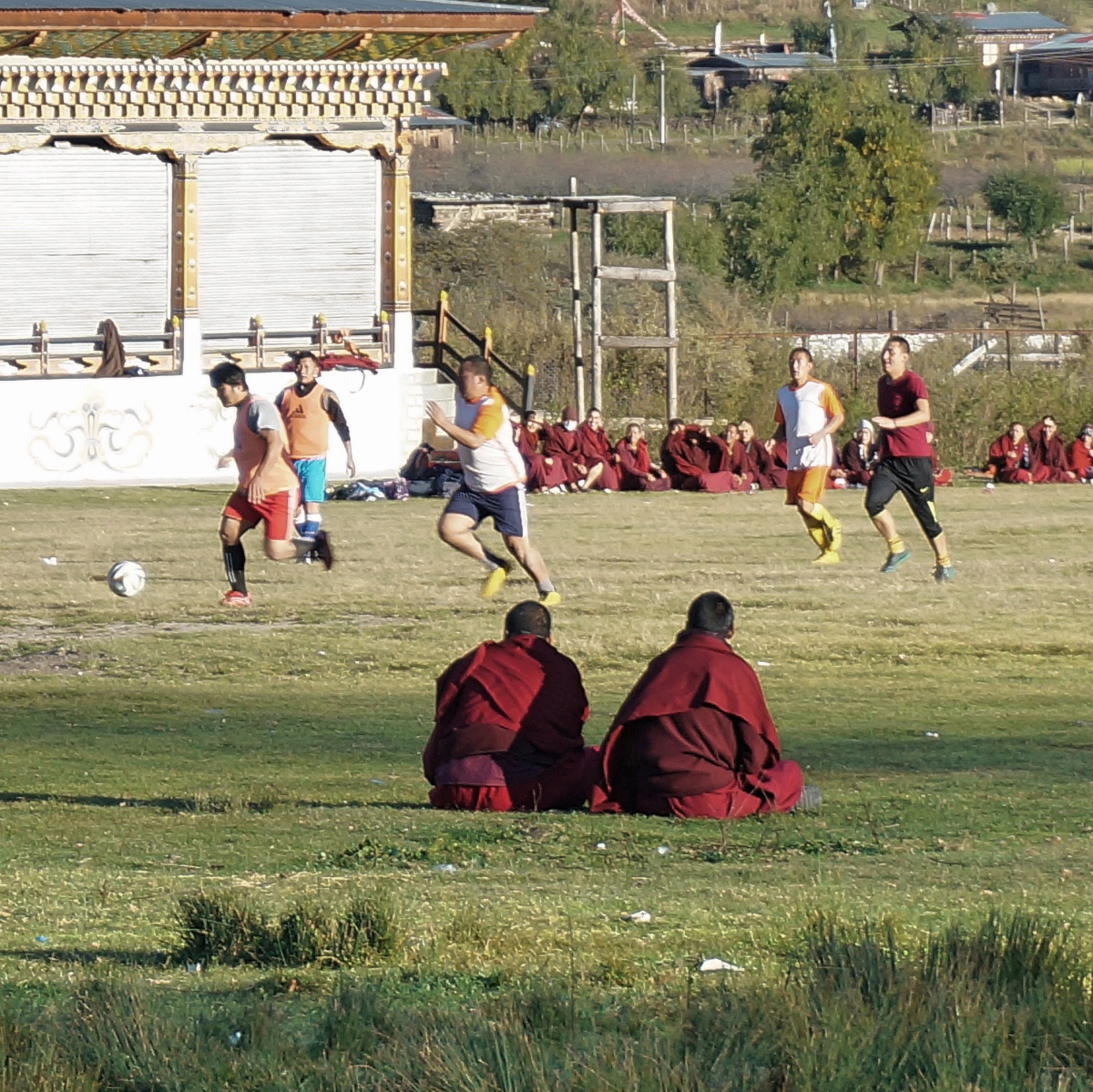
HEALTH & MEDICATION
Prepare yourself a medical kit for your common aliments. While you may find alternatives prescription in a foreign land. It may not be what you are accustomed to, more so if you are brand conscious.
The only sickness we need to be aware of, and foreign to most of us, is the AMS or Acute Mountain Sickness. According to the Wikipedia, it affects about 20% of the people, from just an elevation of 2500m (8200ft) and 40% when above 3000m (9800ft). Common symptoms are headache, nausea, shortness of breath, or vomiting. And it does not matter if you are a gym freak or a dude endorsing your mid-life crisis. It doesn’t discriminate. You may not even know it when you’re hit. I am not qualified to detail more, but you should research and learn more about this sickness before your embarkation.
What else ? Check with your family doctor or your mom for your health history.
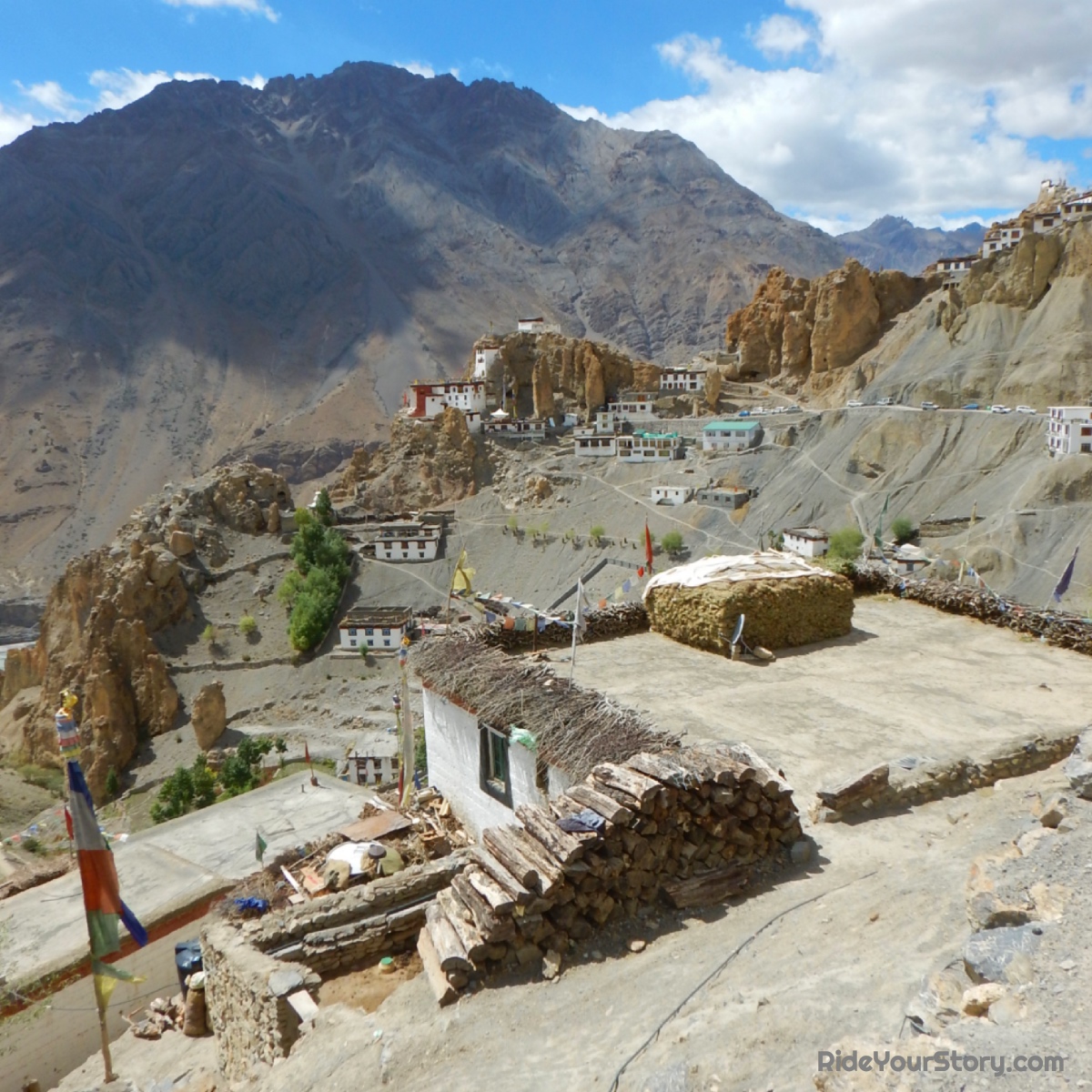
One More Thing…
To end it now here is my final thought…
Motorcycle touring, be it on self or guided tour are not your regular sightseeing trip. Not everything will go accordingly like a tourist brochure. You will be high up in the mountain and far away from our concrete jungle. Unlike the latter, the man-made structure. Our Mother Nature herself is as alive as you are and comes with an attitude. The best memories that I brought back are always the encounters that was setup by the unplanned and unscheduled.
Embrace the journey, live in the moment and ride your story.
The traveler sees what he sees. The tourist sees what he has comes to see.
G.K.Chesterson
